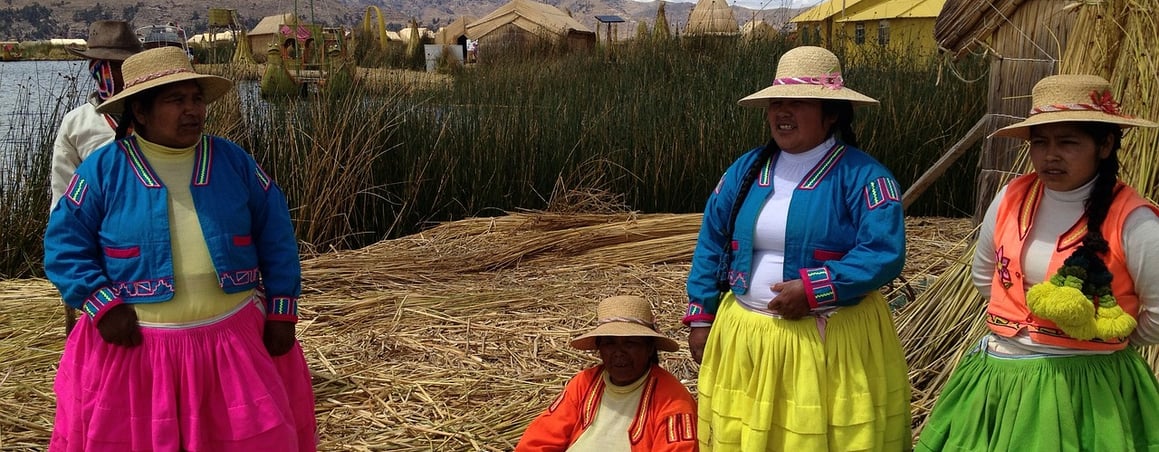"Weavings & Embroideries: The Cultural Treasures of Latin America"
Explore the profound significance of Latin American weavings and embroideries. Discover how these intricate crafts represent the enduring ties to heritage, spirituality, and nature, and why they are treasured worldwide.


Latin America, a region renowned for its vibrant cultures and rich traditions, is home to an exquisite tapestry of weavings and embroideries that not only serve as artistic expressions but also carry deep cultural significance. These intricate crafts are emblematic of the enduring ties between indigenous communities and their heritage, representing a profound connection to the land, ancestors, and spirituality.
The Legacy of Indigenous Weavings
Weavings and textiles have been woven into the very fabric of Latin American history. Indigenous communities such as the Quechua and Aymara in the Andes, the Zapotec in Mexico, and the Aymara in Bolivia have preserved their weaving traditions for centuries. These textiles are more than just beautiful creations; they are repositories of ancient knowledge and symbols, each telling a unique story.
Symbols and Spirituality
In Latin American weavings and embroideries, every pattern, color, and stitch has a meaning. These textiles are often imbued with symbols that represent the connection between the physical and spiritual worlds. For example, the traditional chakana cross in Andean textiles signifies the intersection of the human world, the natural world, and the spiritual world. The chakana is a reflection of the Andean worldview, emphasizing harmony and balance.
The Role of Nature
Nature plays a central role in Latin American weavings and embroideries. Patterns often mimic the landscapes of the region, incorporating elements such as mountains, rivers, and animals. The colors are drawn from nature as well, reflecting the vibrant hues of local flora and fauna. It is a tribute to the indigenous belief that humans are intrinsically connected to their environment.
Cultural Preservation and Identity
Weavings and embroideries are not only beautiful works of art but are also a testament to the resilience of indigenous cultures. In the face of historical challenges and cultural assimilation, these crafts have remained a powerful tool for cultural preservation and identity. By passing down weaving traditions from one generation to the next, communities are ensuring that their cultural heritage endures.
A Source of Livelihood
In many Latin American communities, weaving and embroidery are not just traditions; they are a means of livelihood. These crafts provide income for families, particularly in rural areas where economic opportunities may be limited. By supporting local artisans, we contribute to the economic sustainability of these communities and help keep their traditions alive.
The Global Appreciation
Latin American weavings and embroideries are not confined to their places of origin. They have gained international acclaim for their beauty and cultural significance. Art collectors, fashion designers, and enthusiasts from around the world appreciate and integrate these textiles into their work.
In conclusion, the weavings and embroideries of Latin America are more than mere textiles; they represent a cultural tapestry of tradition, spirituality, identity, and resilience. They serve as a vivid reminder of the sacred bonds that connect the people of this region to their ancestral roots and to the world at large. Their beauty and cultural importance make them a treasured legacy that continues to inspire and captivate people worldwide.
